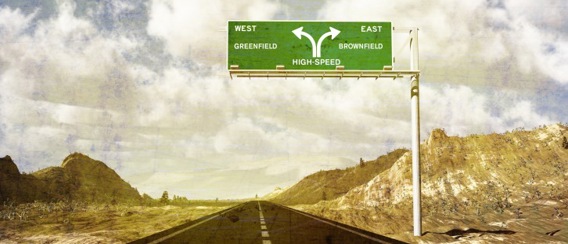High-speed services: Solving the Brownfield/Greenfield dilemma
When it comes to deploying high-speed 40 Gbit/s or 100 Gbit/s technologies, today’s operators must choose which type of architecture will support the new wavelengths. Will they opt for a “brownfield” deployment, which uses an existing network, or a “greenfield” deployment, which employs new or unused fibers?
While both approaches offer their own pros and cons, they come with a very different price tag. They can also bring specific technical issues—such as inter-channel crosstalk, cross-phase modulation or the “cohabitation” problems of coherent and non-coherent channels—that will affect proper signal transmission more or less depending on the parameters of the network architecture.
In addition, although brownfield deployments are less expensive since they rely on existing fiber and network components, they do not promise the kind of easy scalability that greenfield deployments do.
In the end, operators must factor in all these technical, financial and long-term-planning aspects and make the best decision. Tough call? The Deployment Strategies for 40G/100G:Trade-Offs and Impacts paper provides key insights to help them decide which way to go.




